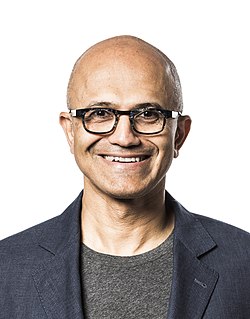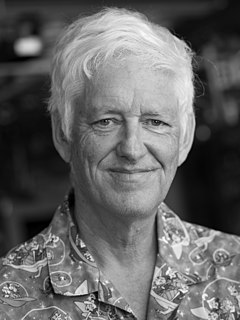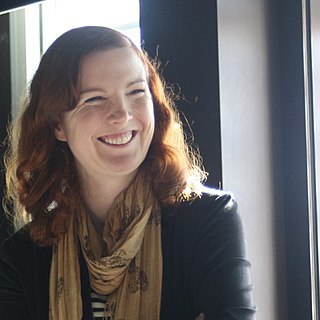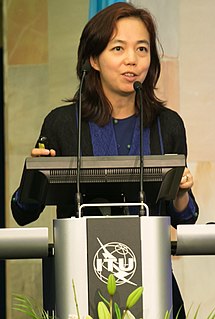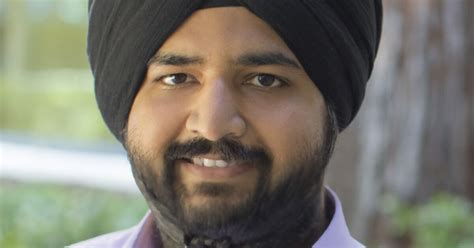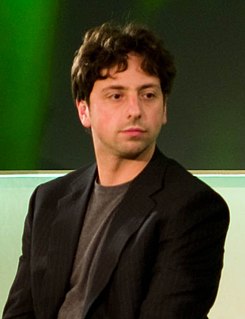A Quote by Oren Etzioni
Machine learning is looking for patterns in data. If you start with racist data, you will end up with even more racist models. This is a real problem.
Related Quotes
We get more data about people than any other data company gets about people, about anything - and it's not even close. We're looking at what you know, what you don't know, how you learn best. The big difference between us and other big data companies is that we're not ever marketing your data to a third party for any reason.

